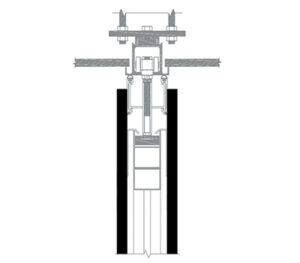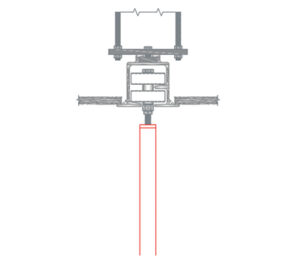Solo vs. Float
We are often asked what the difference is between Solo and Float – both are moving wall systems consisting of individual panels that slide along tracks and stack away to open, close and re-configure spaces…
But, there are fundamental differences between these two market-leading moving wall systems.
The table below quantifies these differences:
| Solo 110 / 125 (manual) Moving Walls | Float Agile Sliding Panels | |
|---|---|---|
| Panel structure |  |  |
| dB rating | 53dB | 0db |
| Panel thickness | 110mm to 150mm | 24mm to 75mm |
| Suspension | Top-hung, no floor track | Top-hung, no floor track |
| Panels | Individual | Individual |
| Internal panel mechanism | Scissor turn cam to operate seals | No mechanism |
| Top and bottom retractable seals | Yes | No |
| Panel stacking | Single-point or Twin-point | Single-point or Twin-point |
| Interlocking vertical profiles | Yes | No |
| Typical application | Meeting Rooms and Boardrooms where a high level of acoustic integrity is required as well as maintaining space flexibility. | Open-plan agile spaces where quick configuring of space is required, without acoustic integrity. Areas where collaboration takes place and writeable, pinnable, magnetic surfaces are needed. Zones where acoustic absorption might be needed to reduce sound transfer at the same time as not ‘fixing’ the space layout. |
| Panel operation | 90-degree key winding to operable seals; manually manoeuvre panels. | Manually manoeuvre panels. Foot-operated shoot bolts for securing panels in place where required. |
| Panel options available | Inset pass-door, full-height passdoor, vision-panel glazing inserts, junction panels. | Standard panels only |